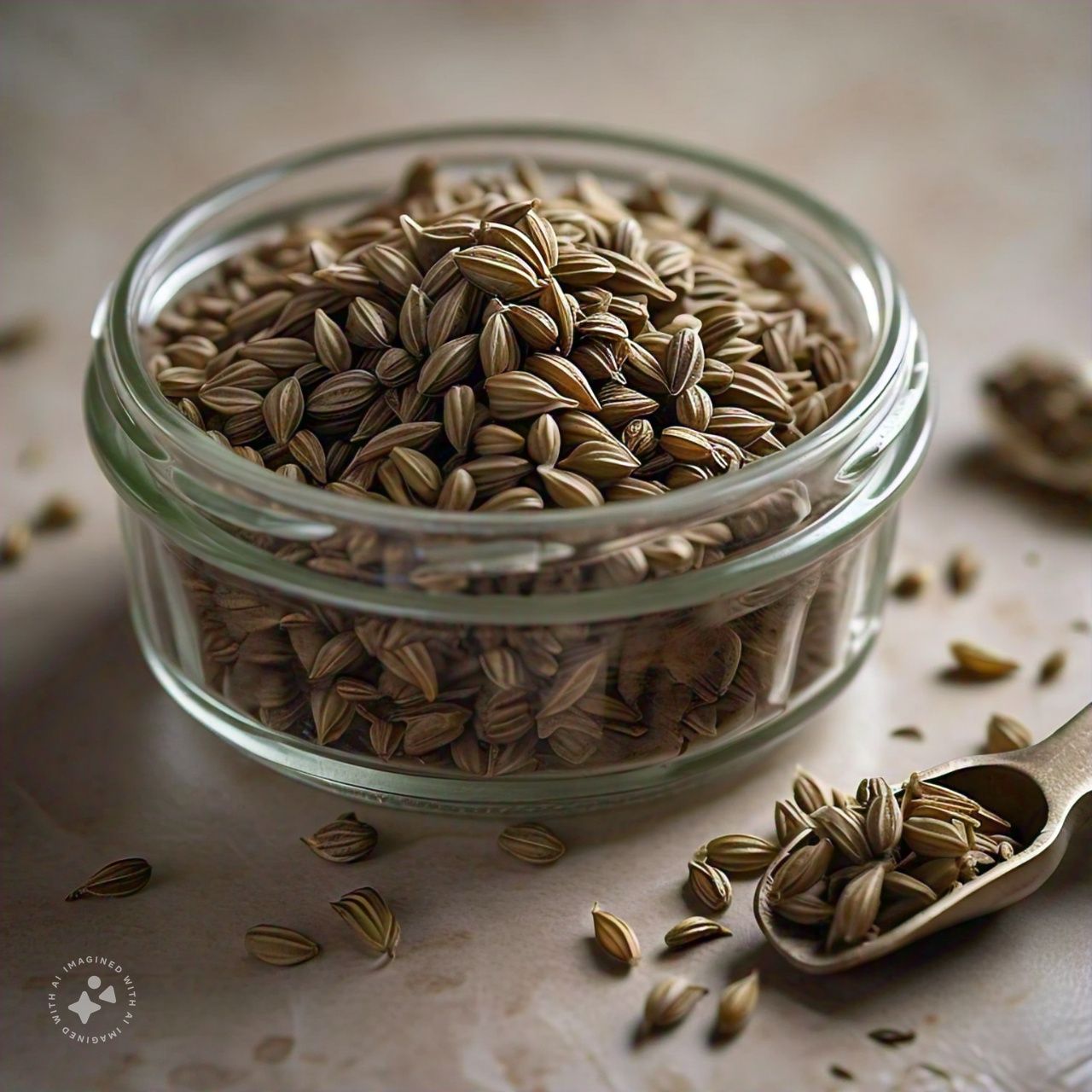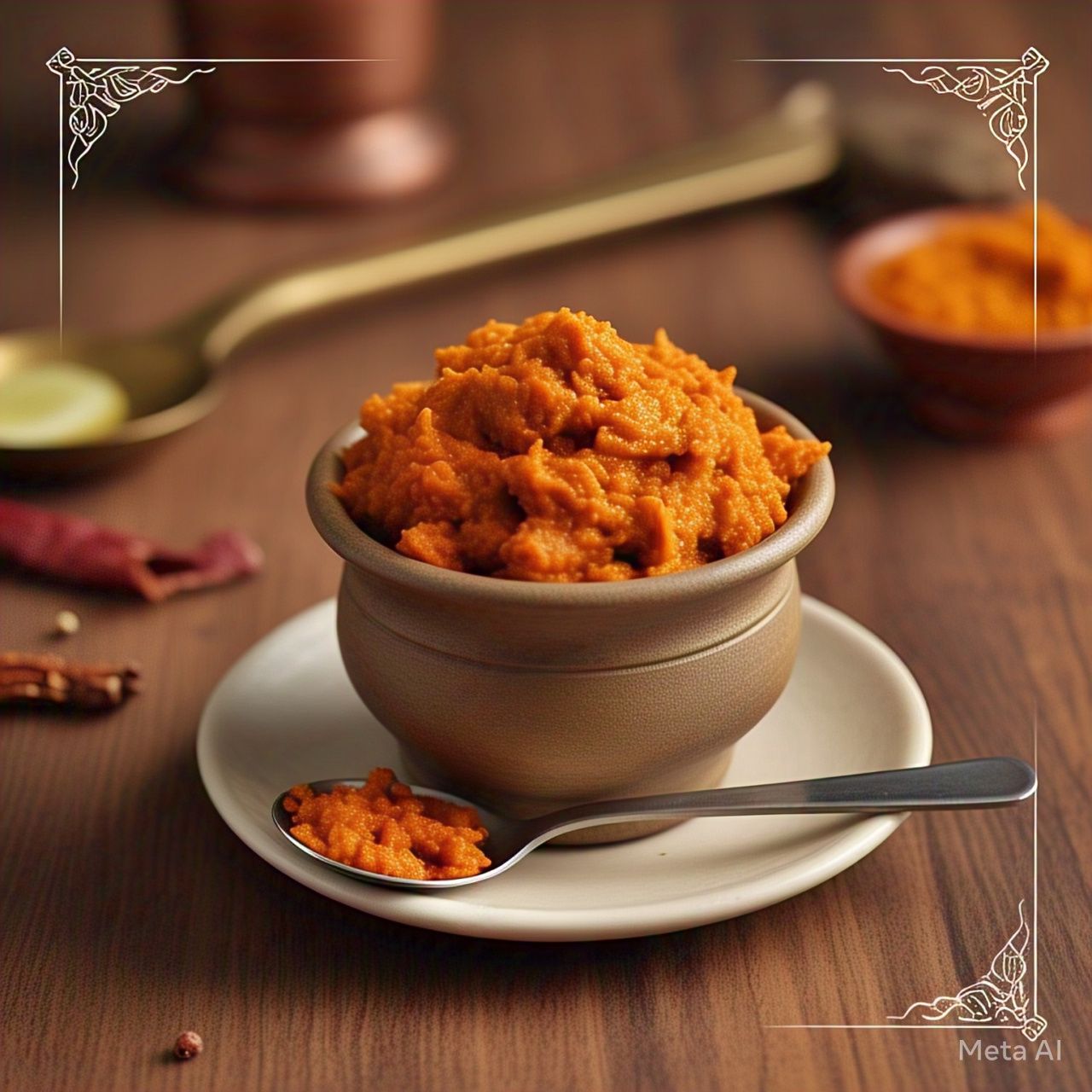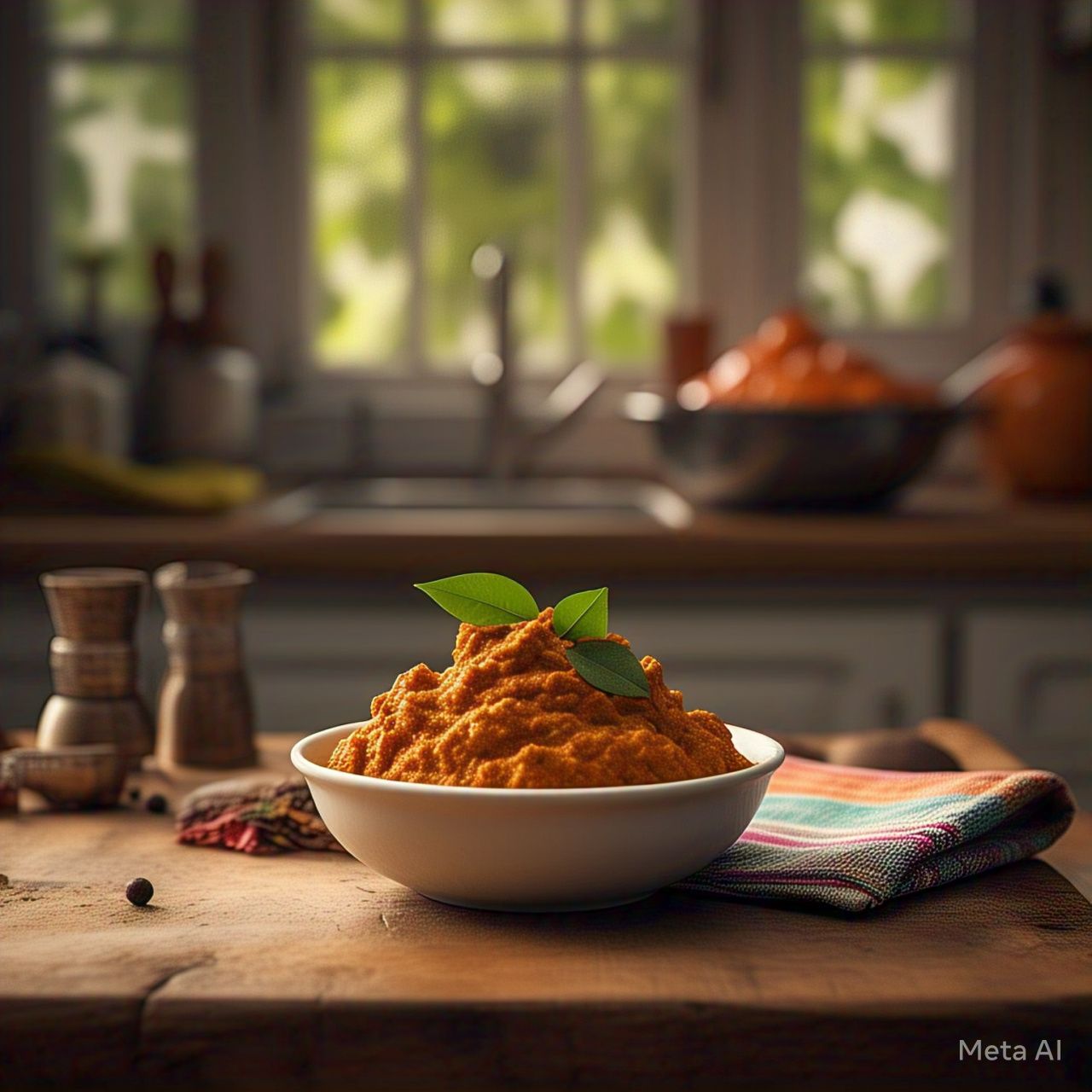Caraway seeds, also known as Carum carvi, are an aromatic spice with a distinctive flavor that blends earthy, slightly peppery, and anise-like notes. This spice is commonly used in cooking, particularly in European and Middle Eastern cuisines. In this blog, we’ll explore the various benefits, culinary uses, and environmental impacts of caraway seeds, along with cooking tips and seasonal favorites.
What Are the Health Benefits of Caraway Seeds?
Caraway seeds not only add a unique flavor to dishes but also offer several health benefits. Here are some of the most notable ones:
- Digestive Aid: Caraway seeds have been used for centuries to relieve indigestion, bloating, and gas. They help stimulate digestion and relieve discomfort.
- Rich in Antioxidants: These seeds contain powerful antioxidants, such as flavonoids and phenolic compounds, which help combat oxidative stress in the body.
- Rich in Vitamins and Minerals: Caraway is a good source of Vitamin C, iron, and magnesium, all of which are essential for maintaining overall health.
- Anti-Inflammatory Properties: Caraway seeds may help reduce inflammation in the body, supporting immune health and reducing the risk of chronic diseases.
How to Use Caraway Seeds in Your Cooking?
Caraway seeds can be used in a variety of dishes, ranging from savory to sweet. Here's how to make the most of them in the kitchen:
1. Baking:
Caraway seeds are a common ingredient in rye bread, adding an earthy flavor that complements the dense, hearty nature of the bread. You can also add them to crackers or muffins.
2. Cooking Meat and Vegetables:
The warm, slightly peppery flavor of caraway pairs wonderfully with rich meats like lamb, beef, and pork. It is also a great seasoning for root vegetables such as carrots, potatoes, and cabbage.
3. Adding Flavor to Soups and Stews:
Caraway seeds are excellent in hearty soups and stews, especially those with cabbage or potatoes. The spice blends perfectly with other herbs and spices to deepen the flavor profile.
4. Spice Mixes:
Combine caraway with other spices like coriander, cumin, and fennel for a flavorful seasoning mix. This is great for roasting or grilling vegetables and meats.
5. Flavoring Pickles:
Caraway seeds are often used in pickling recipes, particularly for cucumbers and cabbage, where they provide a tangy depth to the brine.
Cooking Tips for Caraway Seeds
- Toast Before Using: Lightly toasting caraway seeds in a dry pan can bring out their natural oils and enhance their flavor.
- Whole vs. Ground: Whole caraway seeds are great for slow-cooked dishes like stews, while ground caraway is more suited for baking or quick-cooking recipes.
- Pairing with Other Spices: Caraway pairs well with fennel, coriander, cumin, and thyme. Experiment with these combinations to create a balanced seasoning for your meals.
Caraway Seeds and Their Role in Seasonal and Holiday Dishes
Caraway seeds are commonly used in various holiday and seasonal dishes, especially during the colder months. Their warm, aromatic flavor adds comfort and richness to traditional meals. Here are some examples:
- Holiday Breads and Buns: Caraway seeds are often used in European holiday breads like rye or Christmas loaves.
- Winter Soups: Caraway is a key ingredient in hearty soups like German sauerkraut soup and Swedish pea soup, perfect for cold winter days.
- Stuffings: Add caraway seeds to stuffing recipes for turkey or other holiday meats for an extra layer of flavor.
The Environmental Impact of Food Waste and Caraway Seeds
Incorporating more sustainable ingredients like caraway seeds in your cooking can help reduce food waste. The long shelf life of these seeds means you can use them over time without worrying about spoilage. Furthermore, by using caraway seeds in various dishes, you reduce food waste by using small amounts for big flavor.
- Long Shelf Life: Caraway seeds can be stored for up to a year, which helps reduce the need for frequent repurchasing, thus lowering overall food waste.
- Less Waste, More Flavor: A little goes a long way with caraway seeds. Their potent flavor means you don’t need to use large quantities, helping to prevent ingredient waste.
How to Incorporate Caraway Seeds in Your Daily Diet?
Caraway seeds are versatile and can be included in a wide range of meals. Here are some easy ways to use them daily:
- Morning Smoothies: Add a pinch of ground caraway to your smoothie for a warm and spicy twist.
- Salads: Sprinkle caraway seeds over a salad for a unique, aromatic crunch.
- Seasoned Popcorn: Toss freshly popped popcorn with a sprinkle of caraway, salt, and olive oil for a savory snack.
- Tea: Caraway seeds can be brewed into a calming tea that aids digestion and soothes the stomach.
FAQs: Answering Your Top Questions About Caraway Seeds
1. What do caraway seeds taste like?
Caraway seeds have a distinct flavor with earthy, slightly sweet, and peppery notes, along with hints of anise and citrus.
2. Can I use caraway seeds in desserts?
Yes, caraway seeds can be used in desserts like cookies or cakes, adding a unique flavor. They're commonly found in spice cakes or fruit pies.
3. Are caraway seeds safe for everyone?
Caraway seeds are generally safe for most people. However, they should be avoided by those with a known allergy to plants in the Apiaceae family, which includes fennel and parsley.
Conclusion: Why Caraway Seeds Should Be a Pantry Staple
Caraway seeds offer a range of health benefits, versatile uses, and a unique flavor that can elevate a wide variety of dishes. Whether you’re baking bread, seasoning meats, or making hearty winter soups, caraway seeds add a distinct flavor that enhances your cooking. Plus, they are sustainable, easy to store, and environmentally friendly. Make caraway seeds a staple in your pantry and enjoy the many benefits they offer in your daily meals.
Call to Action:
Want to try cooking with caraway seeds? Head to our online store for premium quality caraway seeds and start incorporating this versatile spice into your meals today!





Share:
Nutmeg: A Spice of Flavor, Health Benefits, and Culinary Versatility
Unlocking the Power of Black Sesame Seeds: Benefits, Uses, and Cooking Tips